Why Does the Cattle Feed Pellet Plant Produce Alfalfa Pellets
Date: 09/25/2020 08:34:25 From: feed-pellet-plant.com Clicks:
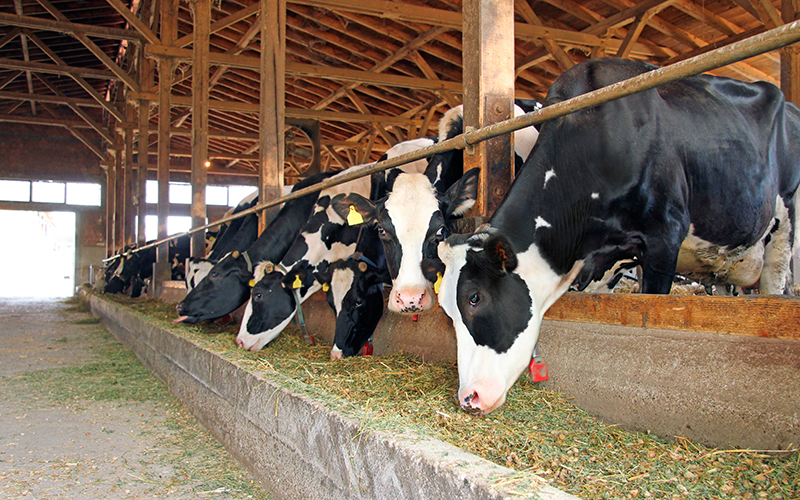
Cattle Feed Pellet Plant
Why does the cattle feed pellet plant produce alfalfa pellets? Why do cows eat alfalfa pellets? This is because alfalfa is universally considered one of the highest-quality forages. Alfalfa is an excellent forage for high-producing cows. Cows efficiently use the high levels of protein, calcium and high-quality fiber in alfalfa for producing milk. The palatability of alfalfa is high. Typically, cows will eat more alfalfa than grass because the fiber content is usually lower in alfalfa (Table 1).
| Mid-Bloom Alfalfa | Bermuda | |
| % | ||
| CP | 17.0 | 9.8 |
| TDN | 58 | 49 |
| ADF | 35 | 38 |
| NDF | 46 | 77 |
| Calcium | 1.41 | 0.53 |
| Phosphorus | 0.24 | 0.21 |
| Relative Feed Value | 124.6 | 71.6 |
Table 1. Composition (DM Basis) of Alfalfa and Bermudagrass Hay
Why Does the Cattle Feed Pellet Plant Produce Alfalfa Pellets?
Alfalfa hay or silage can be fed free choice throughout the year. Lower feed bills and higher milk production are the primary reasons alfalfa pellet is used on dairy farms.
Mature alfalfa is considered below average in quality. It contains more fiber as it matures and may average 13 to 15 percent protein on a dry matter basis. Mid-bloom alfalfa is considered average quality, containing 16 to 17 percent protein. Early-bloom and immature (late bud stage) alfalfa forages are classified as high quality. They can be 18 percent protein or higher on a dry matter basis. However, the most important quality component of alfalfa compared to grass is the lower fiber, because it allows greater feed intake which allows greater milk production. Generally, alfalfa for dairy cattle should be between 140 and 150 in Relative Feed Value (RFV). Alfalfa below 140 RFV may be too high in fiber to be an economical purchase, while alfalfa above 180 RFV may be too low in fiber, which can result in acidosis in the rumen.
Table 2 shows four rations, each using a different quality of alfalfa as the only forage source. Corn is priced at $110/ton, 48 percent soybean meal at $180/ton and the alfalfa hay at $100/ton. Feedstuffs listed in the first column of the table are used to balance a ration on a least-cost basis to meet the needs of Holstein cows producing 55 pounds of milk daily. The ration with the highest-quality alfalfa hay (that cut in the early bloom stage of growth) does not require the addition of soybean meal to raise the protein content. The savings of 19 cents/cow/day in feed costs add up to $6,935/year in a 100-cow herd when compared to using mature hay.
| Ration Ingredient | Maturity and Composition of Alfalfa (DM Basis) | |||
| Mature 92 RFV 13.0% CP 55% TDN 44% ADF 55% NDF | Full Bloom 104 RFV 14.5% CP 57% TDN 41% ADF 51% NDF | Mid Bloom 125 RFV 16.0% CP 60% TDN 35% ADF 46% NDF | Early Bloom 138 RFV 18.0% CP 62% TDN 34% ADF 42% NDF | |
| Alfalfa (lb) | 18.8 | 20.1 | 22.5 | 29.2 |
| Corn (lb) | 23.9 | 23.1 | 21.2 | 17.6 |
| Soybean Meal 48% (lb) | 4.1 | 3.4 | 2.5 | 0 |
| Vitamin-Mineral Mix (lb) | 0.5 | 0.4 | 0.4 | 0.4 |
| Ration Cost/Cwt | $5.91 | $5.83 | $5.70 | $4.57 |
| Feed Cost/Cow/Day | $2.70 | $2.65 | $2.59 | $2.51 |
| Savings/100 Cows/Year | 0 | $2,920 | $5,100 | $6,935 |
| Comparative Value of Alfalfa/Ton | $95 | $100 | $106 | $114 |
Table 2. Effect of Alfalfa Quality on Dairy Rations for 100 Medium-Producing Cows (55 lb milk per day)
Alfalfa Pellet Important in Dairy Herds
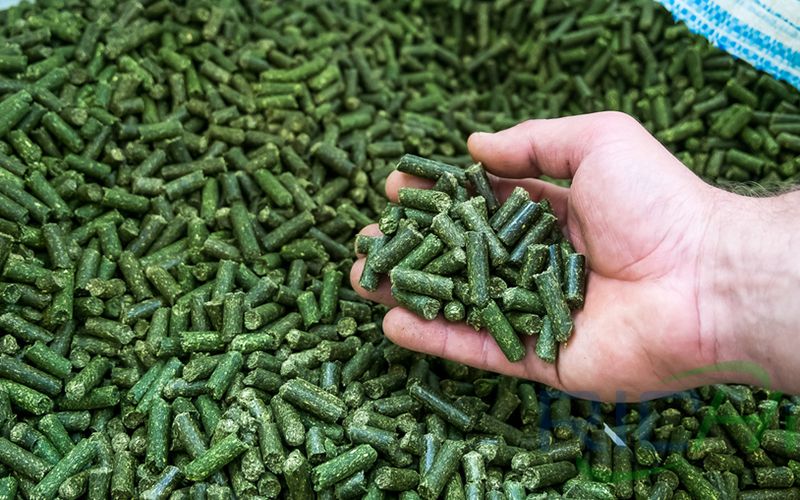
Alfalfa Pellet
Research at the USDA Dairy Forage Research Center has shown that dairy diets where at least ¼ of the forage is from alfalfa and ¼ is from corn silage produce the most milk (with the remaining half being either forage). While there has been some interest in corn silage, many dairymen are realizing the benefits of maximizing the alfalfa in dairy rations.
Alfalfa Pellet is a high energy forage that provides fiber content and adequate particle size without wasting nutrient density. Inadequate fiber in lactation rations can cause erratic dry matter intakes, decreased milk yields, lowered milk fat production and health problems (acidosis, laminitis, ketosis, displaced abomasums). Subacute acidosis can cause lowered production, health problems, and higher culling rates. Thirty five percent of cows in confinement operations are believed to have laminitis which is caused primarily by acidosis. Laminitis is a primary cause of lameness in dairy cattle and can cost the dairy producer as much as $630/case in delayed reproduction, body weight loss, and decreased milk production.
Alfalfa pellet further reduces acidosis and associated health problems because it has a high buffering capacity. In addition, the coarse structural fiber of alfalfa pellet stimulates chewing and salivation which also increase rumen buffering.
Alfalfa fiber is rapidly digested so that feed intake is stimulated more than from forages with slower fiber digestion. Slower fiber digestion or higher fiber content in a feedstuff can reduce feed intake and milk production.
In addition, alfalfa has high protein content with a high proportion that escapes rumen digestion (especially in hay) and is available directly to the cow.
Thus many dairymen are realizing that maximizing alfalfa in dairy rations increases milk production and herd health resulting in more profit.
Related News
Palestine 4T/H Alfalfa feed pellet production line project
5 tons of alfalfa cattle feed and 10 tons of chicken feed in Saudi Arabia
The above is the article for you: Why Does the Cattle Feed Pellet Plant Produce Alfalfa Pellets. If you are interested in our products or project solutions, please contact us. We will give you the best product quality and the best price. Email: enquiry@pellet-richi.com
Related Product
Production Line Equipment
related News
- >Uzbekistan Gizak 1t/h-2t/h Animal Feed Processing Plant for Floati
- >What is the price of the cattle and chicken feed machinery product
- >How to Choose Premix for Cattle Feed Manufacturers?
- >Cattle Feed Pellet Machine Solves the Problem of Cattle Feeding in
- >How to Make Cattle Feed Pellets? Is It Good for Cattle to Eat Feed
- >What Are the Costs to Consider When Investing in a Cattle Farm?
- >The Feed Pellet Machine Makes Corn Stalks Into Cattle and Sheep Fe
- >Practical | How to Prepare Cattle Premix to Achieve Fast Fattening
- >300kg-500kg Beef Cattle Feed Formula and Cattle Feed Pellet Machin
- >Cheats for Calf Feed Formula in Cattle Farms, What Feed Do Calves
Here you can submit any questions and we will get back to you as soon as possible. We will not disclose the information you submit to anyone, please rest assured.
Copyright© 2022 Richi Machinery. All rights reserved. Site Map


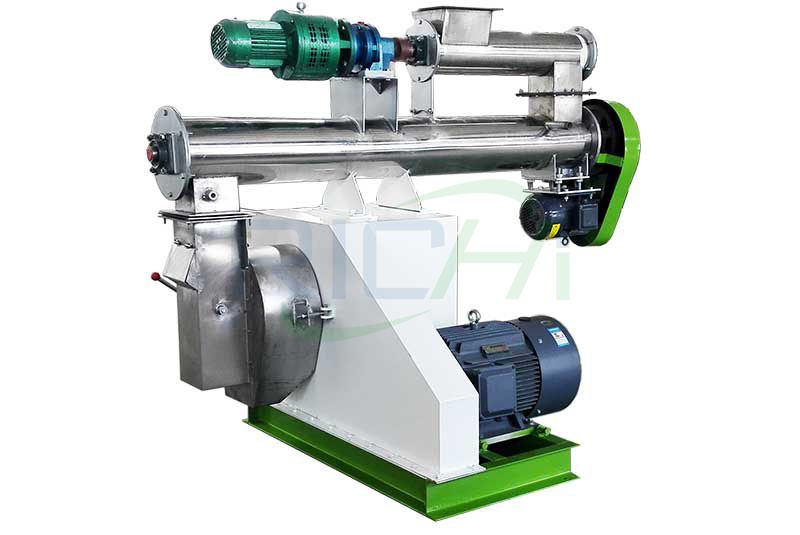
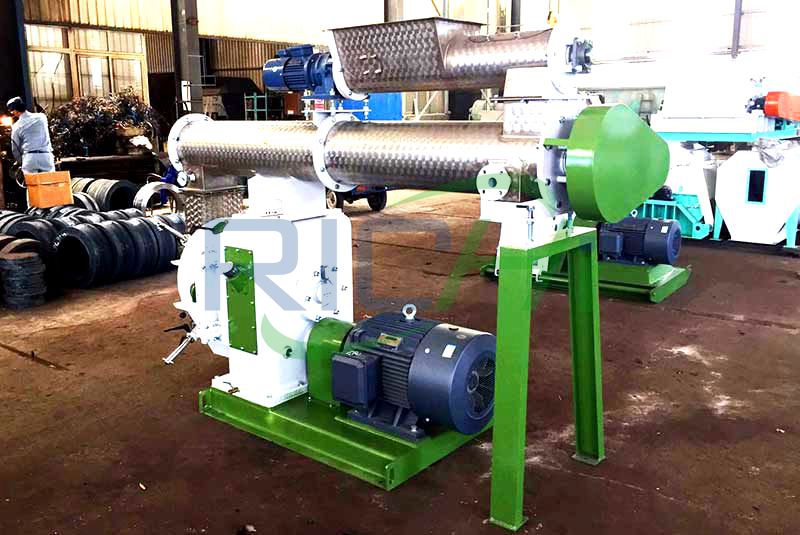
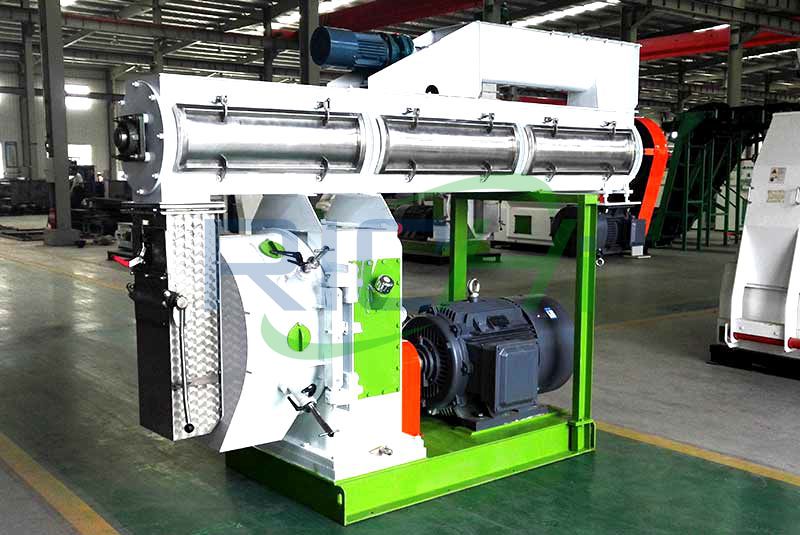
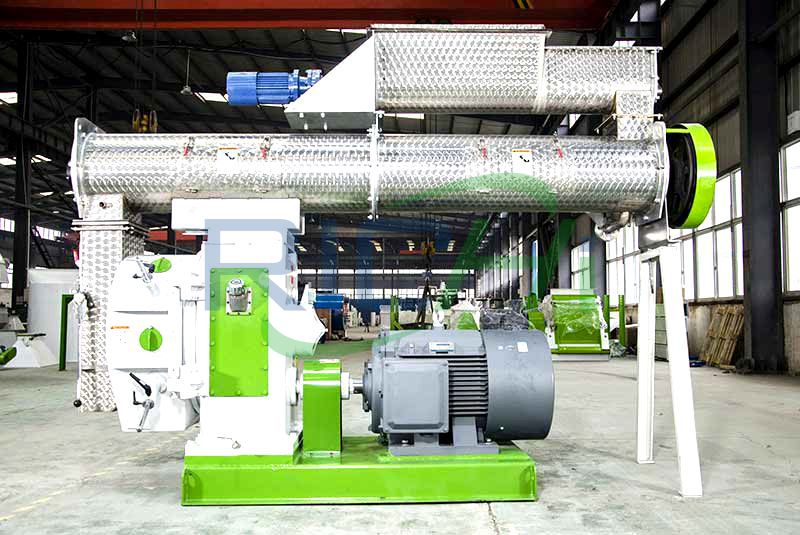
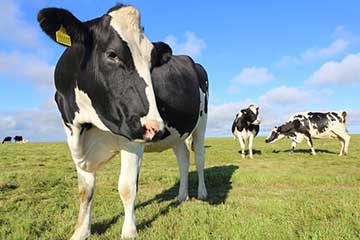
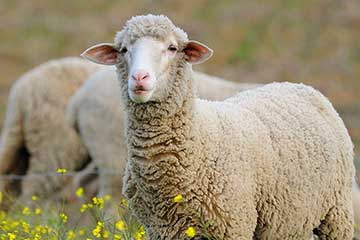
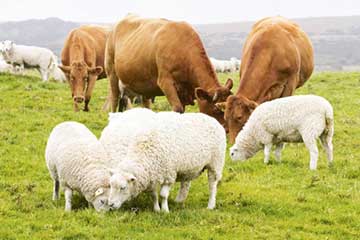
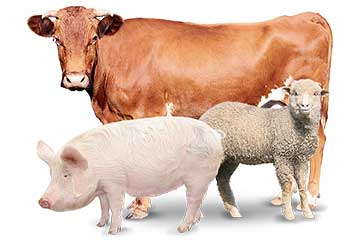
 Product Center
Product Center Get Latest Price
Get Latest Price